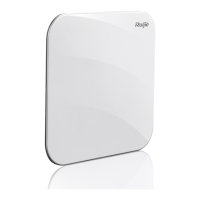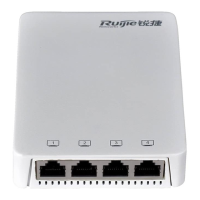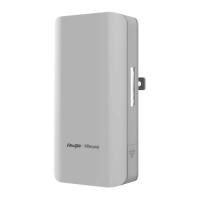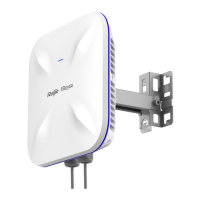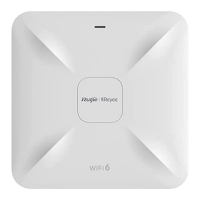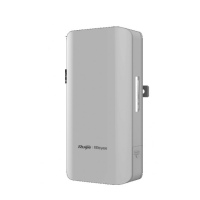Configuration Guide Configuring Web Authentication
Configuring the Communication Key Between the NAS and Portal Server
(Mandatory) To enable Web authentication successfully, you must configure the key used for the communication
between the NAS or convergence device and portal server.
When the NAS finds an unauthenticated client attempting to access network resources, it redirects the client to the
specified Webauth URL, where the client can initiate authentication to the portal server. During the authentication
process, the communication key is used to encrypt some data exchanged between the NAS and portal server to
improve security.
Setting the SNMP Parameters Between the NAS and Portal Server
(Mandatory) To enable Web authentication successfully, you must set the SNMP network management parameters
used for the communication between the NAS and portal server.
The NAS or convergence device and portal server jointly manage authenticated clients through SNMP/MIB. A
table of authenticated clients is managed by MIB on the NAS. The portal server is able to access the MIB to obtain client
statistics so as to control client login and logout. When a client logs out, the NAS or convergence device will inform the
portal server by Webauth Inform packets.
Enabling Ruijie First-Generation Web Authentication on an Interface
Mandatory.
When Ruijie First-Generation Web Authentication is enabled in interface configuration mode, Web authentication is not
enabled on any port by default. The users connecting to the port do not need to perform Web authentication.
Verification
Check whether unauthenticated clients are required to perform authentication.
Check whether authenticated clients can access the Internet normally.
Related Commands
Configuring the First-Generation Webauth Template
web-auth template eportalv1
Global configuration mode
eportalv1 is the default template of Ruijie First-Generation Web Authentication.
Configuring the IP Address of the Portal Server
Indicates the IP address of the portal server.
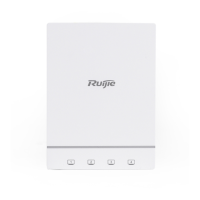
